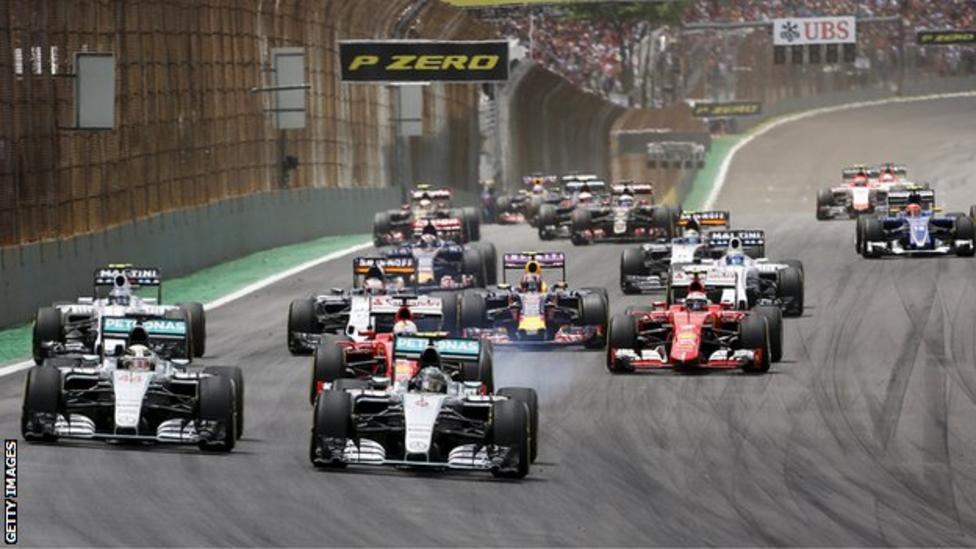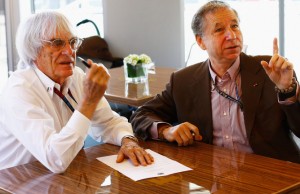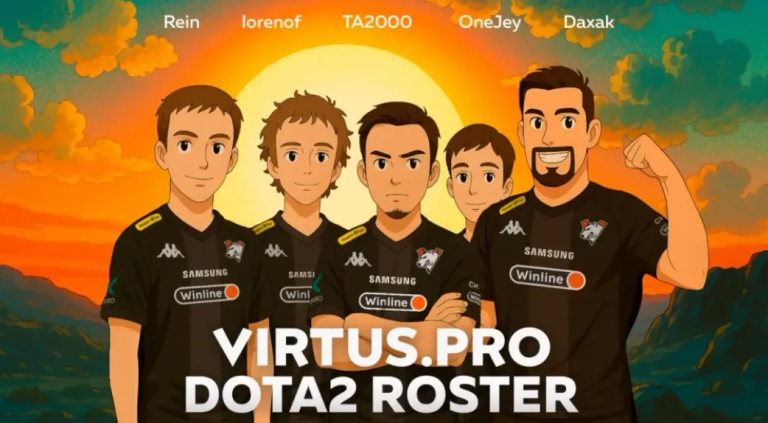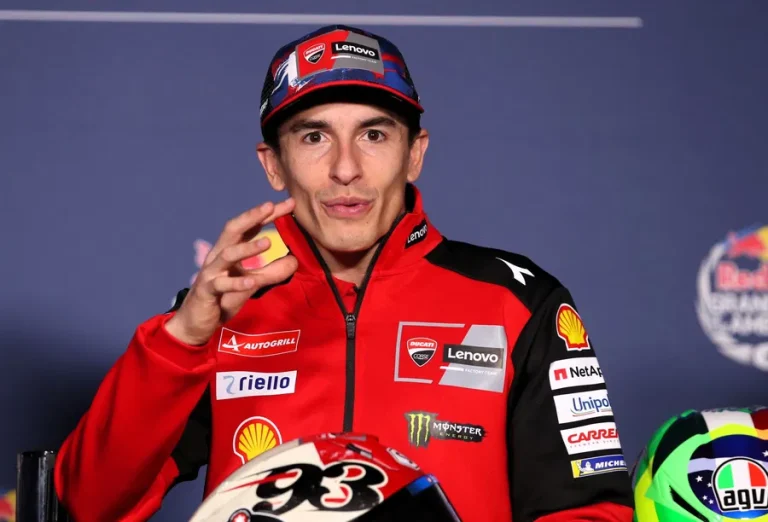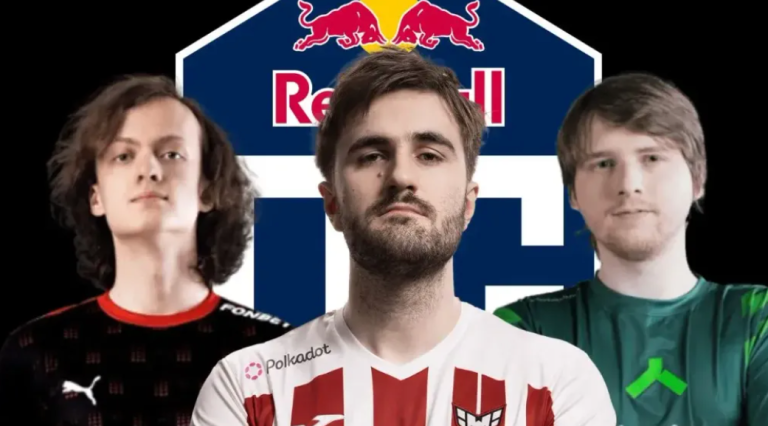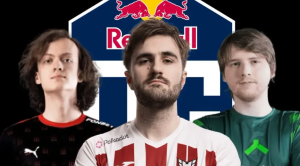Formula 1 is ready to come back to its 2017 qualifying format after teams won a force fight with the game’s managers.
A disposal qualifying framework was utilized at this current season’s initial two races yet met with far reaching feedback.
Jean Todt, president of administering body the FIA, and F1 business supervisor Bernie Ecclestone have now concurred an arrival to last season’s arrangement is “in the interests of the championship”.
It could be set up for one next week’s Chinese Grand Prix.
Despite everything it should be affirmed by the F1 Commission and the FIA World Council, however, a FIA representative told he was “optimistic” it would be endorsed.
Todt and Ecclestone had been determined there would be no turning back to 2017
.
But their hand was constrained by a consistent position from each of the 11 teams, saying they would not back another new proposition.
Todt and Ecclestone had said finally weekend’s Bahrain Grand Prix that they needed to experiment with another total framework that would see every driver’s two quickest laps mean their lattice position instead of only one.
This was at first proposed on Sunday after the end design delivered long stretches of no activity on track for the second race consecutively.
But the groups chose and demanded, in a letter sent on Thursday that the new proposition included pointless many-sided quality.
They said they would just back a return to the 2015 framework, which comprises of three knockout sessions.
The six slowest autos are disposed of toward the end of the initial two preceding a shoot-out for post between the 10 remaining drivers.
F1 insiders think that a humiliating disaster began when Ecclestone told the teams less than a month prior to the begin of the season that he needed qualifying to change.
He proposed two alternatives:
- A rearranging of the network subsequent to qualifying on the premise of some type of execution punishment so the speediest autos did not begin at the
- On the other hand the new disposal framework, where the slowest auto is dispensed with following 90 seconds through three sessions of qualifying.
The teams did not see the need to change qualifying but rather chose not to restrict the arrangement because of the fact that there were other more essential battles to win.
They voted in favor of the disposal framework on the premise that it was, as Mercedes F1 supervisor Toto Wolff put it, “the least worst option”.
The teams contended that it would prompt huge times of vacant track toward the end of every session, except those fears were overlooked.
They were proved right at the season-opening race in Australia, provoking them to consent to return to the 2015 framework.
However, Todt ventured into keep that occurrence.
A second vote in Bahrain had the same result, with Ecclestone joining Todt in declining to return to the 2015 format.
But, F1’s supervisors have been compelled to down. It could be seen as a fundamental moment in the force battle that has existed at the highest point of the game for a few months.

